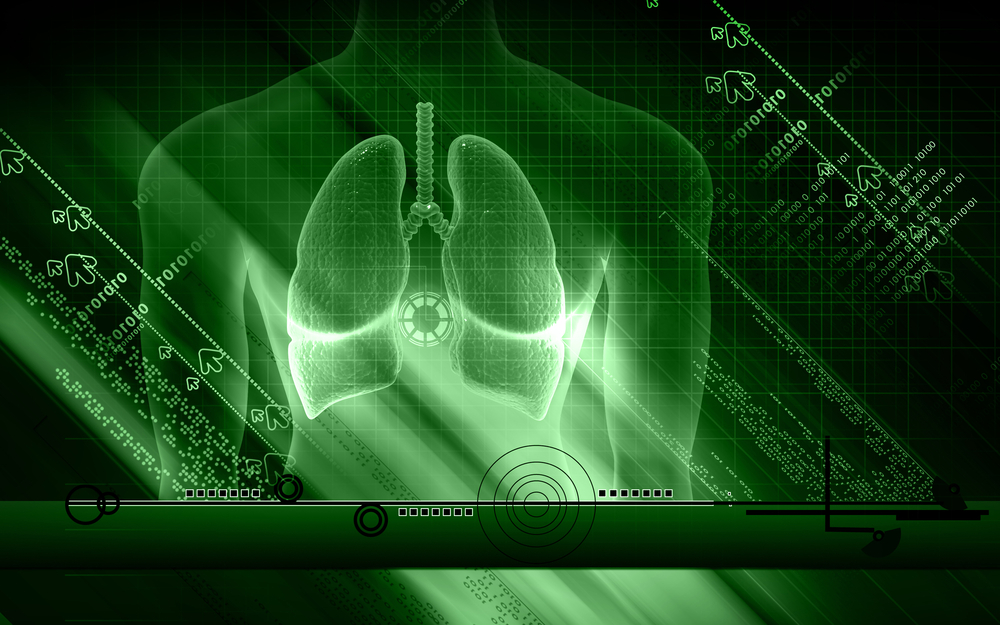 Findings from a recent study published in the journal Microbiome indicate that changes in microbial community structure in patients with cystic fibrosis are associated with some, but not all pulmonary exacerbations.
Findings from a recent study published in the journal Microbiome indicate that changes in microbial community structure in patients with cystic fibrosis are associated with some, but not all pulmonary exacerbations.
The primary cause of death in people with cystic fibrosis (CF) is chronic pulmonary infection and inflammation that leads to respiratory failure. Studies using culture-independent analyses revealed that CF airways usually harbor complex microbial communities containing several bacterial species, especially during the early and intermediate stages of lung disease. However, there is a lack of evidence regarding the understanding of the dynamics of airway microbiota, in particular with respect to changes occurring at the time of pulmonary exacerbation.
In order to address this issue, in their study titled “The daily dynamics of cystic fibrosis airway microbiota during clinical stability and at exacerbation,” John LiPuma from the Department of Pediatrics and Communicable Diseases at the University of Michigan Medical School and colleagues obtained 95 daily sputum samples from 4 patients with CF in order to characterize changes in the bacterial and viral airway community during periods of clinical stability and during the onset of exacerbation of clinical symptoms, but prior to the initiation of antibiotics for exacerbation.
[adrotate group=”9″]
Results revealed differences between study subjects with respect to the degree of community changes at the onset of exacerbation. There was a decrease in the relative abundance of dominant taxa in three subjects at exacerbation, however, the researchers did not find a relationship between total bacterial load and clinical status and detected no viruses by multiplex PCR.
Based on the findings, the researchers concluded that daily airway bacterial community structures in CF are relatively stable during periods of clinical stability. However, the onset of symptoms of exacerbation may be heralded by marked shifts in these communities, even in the absence of viral infection or antibiotic therapy for the treatment of exacerbation.
According to the researchers, whether such shifts only occur in a minority of exacerbations remains unknown, however, monitoring of airway microbial community structures may identify signatures that could be useful in predicting CF respiratory exacerbations, which in turn may enable more prompt and/or appropriate therapy for exacerbations. The researchers indicate the need for a better understanding of the changes in airway communities around the time of exacerbations, which could shed new light on the pathophysiologic mechanisms of exacerbation in CF.

